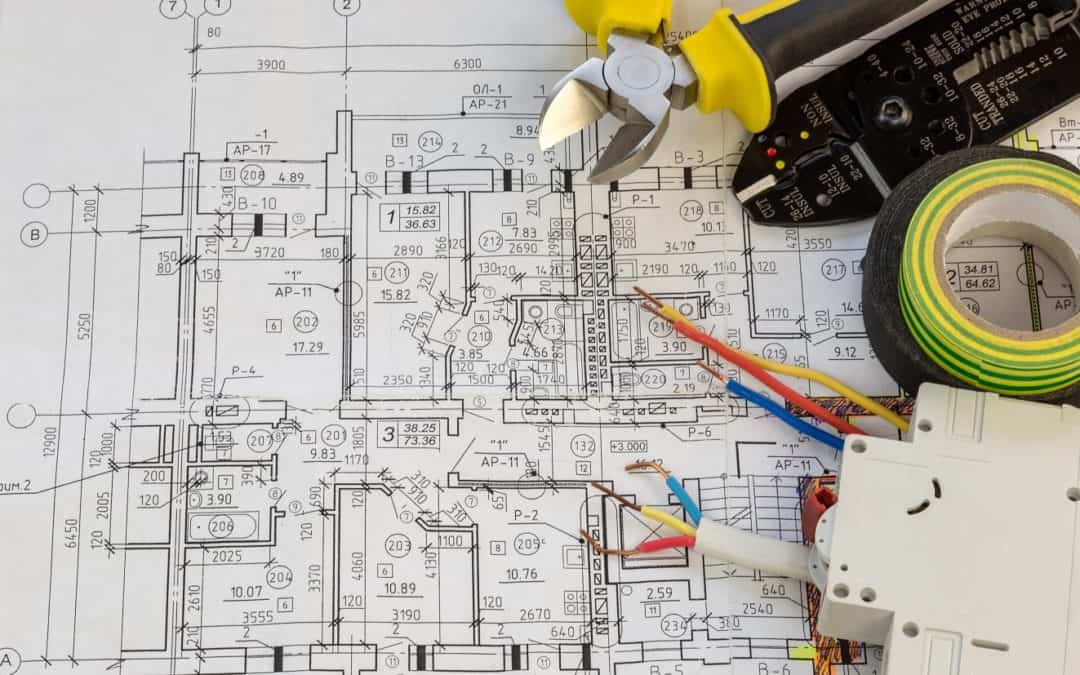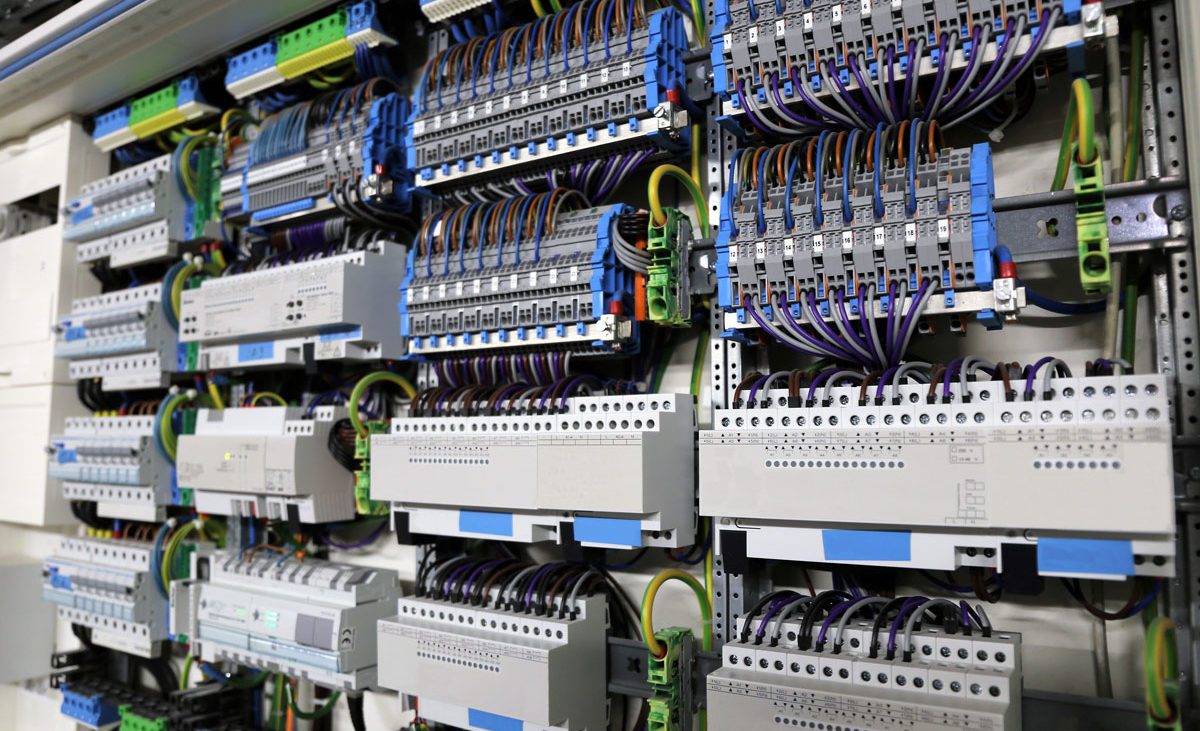Professional Electrical Design Services for Commercial and Projects
Professional Electrical Design Services for Commercial and Projects
Blog Article
Cutting-edge Electrical Design Solutions for Modern Infrastructure
As urban settings expand increasingly complex, including technologies such as wise grids and renewable power resources ends up being paramount. These advancements not only assure to optimize energy usage yet additionally foster resilience against future demands.
Significance of Cutting-edge Electrical Design
Cutting-edge electrical design plays a vital role in modern-day infrastructure, influencing not only effectiveness however additionally sustainability. As cities evolve and the need for power rises, the demand for sophisticated electrical systems becomes extremely important. These systems have to not just meet present needs yet additionally prepare for future growth and technical advancements.
A well-executed electrical design can considerably reduce energy usage, consequently lowering operational prices and minimizing ecological influence. By incorporating renewable resource resources, such as photovoltaic panels and wind turbines, cutting-edge styles can boost power freedom and resilience. In addition, smart grid innovations allow for real-time surveillance and management of energy circulation, optimizing performance and lowering waste.
Safety is another vital aspect of electrical design. Executing extensive criteria and innovative modern technologies can reduce threats connected with electric failures, ensuring a protected setting for businesses and residents alike. Additionally, ingenious layouts facilitate flexibility, enabling infrastructures to incorporate arising technologies flawlessly.
Key Patterns in Electric Design
As the landscape of electrical design proceeds to advance, a number of crucial patterns are forming the future of the sector. One considerable fad is the integration of smart modern technology right into electric systems. The expansion of the Net of Things (IoT) has actually made it possible for real-time tracking and control of electrical tools, enhancing performance and promoting anticipating maintenance.
Another trend is the expanding emphasis on modular design. This strategy enables scalable and adaptable remedies, making it possible for infrastructure to adjust to transforming needs without considerable improvements. Additionally, using sophisticated simulation tools and Structure Information Modeling (BIM) is coming to be increasingly widespread, streamlining the design process and improving cooperation among stakeholders.
Furthermore, innovations in products scientific research are leading to the development of lighter, a lot more durable, and energy-efficient parts. This advancement is particularly vital for high-performance buildings and facilities tasks.
Finally, there is a significant change in the direction of data-driven decision-making - electrical load calculation. Leveraging data analytics helps developers maximize systems for efficiency and cost-effectiveness. Together, these patterns indicate a transformative age in electrical design, enhancing functionality, sustainability, and strength in modern-day framework
Lasting Power Solutions
Sustainable energy remedies are increasingly becoming a critical focus in electric design, mirroring a broader dedication to environmental duty and source efficiency. These options intend to decrease environmental effect while optimizing power usage in various facilities, from residential structures to huge commercial centers.
Among the foremost approaches includes the assimilation of renewable resource sources, such as photovoltaic panels and wind turbines, into electric systems. This not only reduces dependence on nonrenewable fuel sources but likewise boosts energy strength. Additionally, innovative energy storage space systems, such as advanced batteries, make it possible for effective management and circulation of power, ensuring that surplus power produced go to my site throughout height production can be used throughout high demand periods.
In addition, energy-efficient design practices are being taken on to enhance overall system performance. This consists of making use of energy-efficient illumination, cooling and heating systems, and smart building technologies that adapt and keep an eye on power use based upon occupancy and ecological problems.
Smart Grid Technologies
The application of sustainable power services normally brings about the exploration of smart grid innovations, which play a critical role in improving electric systems. Smart grids take advantage of progressed communication modern technologies and data analytics to boost the dependability, effectiveness, and sustainability of electrical power distribution. By incorporating digital modern technology with traditional grid framework, these systems facilitate real-time tracking, automated control, and enhanced decision-making capacities.
Among the vital functions of smart grids is their capability to accommodate renewable resource sources, such as solar and wind power. This flexibility not only lowers dependency on fossil fuels however additionally allows for an extra decentralized power manufacturing design. Furthermore, wise grids allow need action programs, where consumers can change their power use based upon real-time pricing, therefore advertising power preservation and minimizing peak load needs.
Furthermore, smart grid technologies enhance grid durability by making it possible for quicker recognition and resolution check this of interruptions, ultimately decreasing downtime. With anticipating upkeep and analytics, energies can maximize operations and improve solution shipment. As cities and communities proceed to develop, clever grid technologies are essential for building a effective and lasting electric facilities that meets the needs of contemporary society.

Future-Proofing Framework
To guarantee long-lasting practicality and versatility, future-proofing facilities is crucial in the rapidly developing landscape of electrical design services. As modern technology breakthroughs and power demands shift, it is important that electric systems are made with adaptability in mind. This requires including scalable solutions that can accommodate future upgrades without necessitating substantial overhauls.

In addition, sustainability must be a foundation of future-proofed layouts. Utilizing eco-friendly power resources, such as solar and wind, and optimizing energy performance lower dependency on fossil gas, straightening with worldwide initiatives to combat climate modification.
Conclusion
To conclude, innovative electrical design services play a pivotal role in shaping modern infrastructure. By focusing on adaptability, effectiveness, and sustainability, these solutions resolve the advancing demands of energy systems. The assimilation of wise grid modern technologies and sustainable energy solutions boosts resilience and lowers operational expenses. Future-proofing framework through sophisticated simulation tools and modular techniques makes sure that electrical systems stay receptive to changing requirements, eventually contributing to a more energy-independent and lasting future.
A well-executed electric design can substantially reduce power consumption, thereby decreasing functional expenses and lessening ecological influence. By incorporating sustainable energy sources, such as solar panels and wind generators, ingenious designs can improve energy independence and resilience. Additionally, ingenious energy storage systems, such as advanced batteries, enable effective monitoring and distribution of energy, making certain that surplus power generated during peak production can be utilized during high need periods.
Smart grids make it possible for demand feedback programs, where customers can adjust their power usage based on real-time rates, therefore advertising energy preservation and decreasing peak lots demands. (electrical engineering design services)
As modern technology breakthroughs and power demands change, it is vital that electrical systems are news developed with flexibility in mind.
Report this page